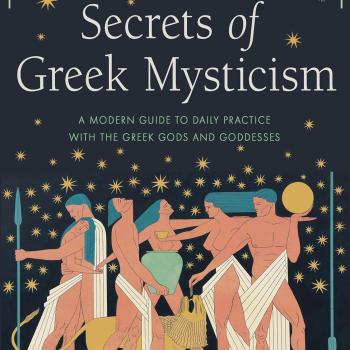Judgment and blame, on the other hand, are products of the ahamkara, usually called the ego, that part of the psyche that identifies 'me' with the body, personality, and opinions.
Ego has its uses; after all, if we couldn't create a boundaried sense of 'I', we wouldn't be able to engage as individuals in this fascinating game we call life on earth. The problem with ego is that it tends to extend its portfolio, creating structures that block our connection with the inner Self, with the joy and freedom that is our core. When that happens, we find ourselves assuming what is sometimes called the false self.
Not to be confused with our natural personality (which, like the structure of a snowflake, is simply the unique expression of our personal configuration of energies), the false self is a coping mechanism. Usually devised in childhood, it is a complex of roles and disguises cobbled together in response to our culture and family situation. The false self claims to protect us, to help us fit in with our peers, and to keep us from feeling naked in a potentially hostile world, but actually functions like badly fitting armor, or like a costume that is always threatening to fall off. Because it is fundamentally inauthentic, when we're inside our false self we often feel clueless, as if we're getting away with something and at any moment will be unmasked.
Discomfort as a Signal
Blame is one of the smokescreens that the false self throws up to keep itself from facing the pain of our human fallibility. Blaming, like anger, creates drama, movement, action; it is, as politicians know, one of the greatest of all diversionary tactics. If you look at what happens inside you when you feel unhappy, confused, or threatened by a situation, you may be able to catch the moment when blame arises. First, there is the discomfort, the sense that something is wrong. This feels unpleasant, and the ego doesn't like unpleasantness. So it squirms, looking for a way to resist or avoid the feeling. At this point, you start to explain to yourself why you feel uncomfortable, and to look for how you can fix it. Often you do this by looking for someone or something to blame for the situation that has created discomfort. You may blame yourself, thus creating guilt. You may blame someone else, feeling like a victim or perhaps like a potential hero coming to the rescue. You may blame fate, or God, which usually creates a feeling of nihilistic despair. In any case, you will have created a screen to separate yourself (at least momentarily) from the initial feeling of discomfort.
The irony here is that if we could let ourselves feel the discomfort without assigning blame, that very discomfort would connect us to our real source of wisdom and strength. The feeling that something is wrong is actually a signal. At the deepest level, it's a direct communication from our inner self, our authentic self. Feelings are expressions of the life-force, the inner power that the yogic tradition calls Shakti. If we can catch them when they first arise, before we start to assign blame or find fault or rush to judgment, they will often give us the information we need to understand any situation. Not only that, when we acknowledge feelings of discomfort without trying to escape them, we automatically put ourselves back in touch with our authentic self, which is the source of real discernment.
You might try this now. Consider a moment in your life when you felt ill at ease, uncomfortable in a situation. With a person. With yourself. Consider how those feelings of discomfort felt in your body. Now see if you can just simply name the feeling. "I'm uncomfortable. Something feels wrong." Name it without trying to do anything about it. If judgments come up, breathe them out with the exhalation.
Notice how recognizing the feeling of discomfort shifts your relationship to it. You're no longer inside it, no longer identified.
From this state, ask yourself, "What does this discomfort teach me? What can I learn from it?" And you can also ask, "What needs to be done about it?"
Notice how much clearer your attitude becomes when you're acknowledging, sensing, and working with the feelings of discomfort or wrongness, before judging either the feelings or the situation that triggered them!
Next Week: Moving toward Discernment—Judgment Calls, Part 2





